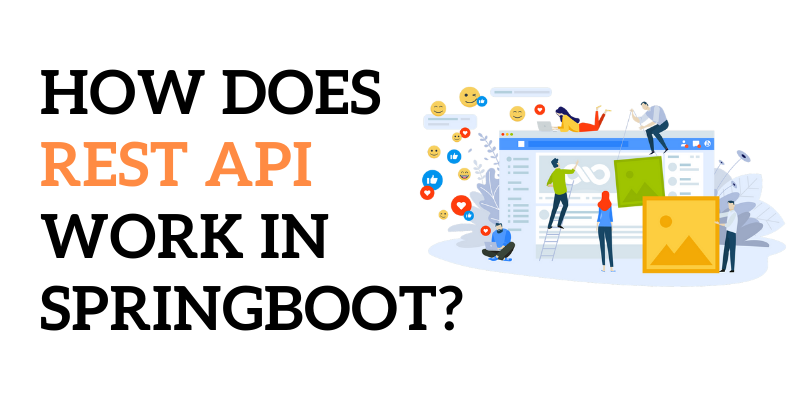
What is Rest API?
An Application Programming Interface (API) connects computer application programming by making codes and information streams easily available. It is a form of software interface that functions as a channel for other software packages to connect with clients and servers. REST API Testing Training in Chennai provides you with more career-based opportunities.
Different types of APIs like Program, Web, Local, or REST API helps the developers in creating powerful digital solutions depending on various application designs.
Representational State Transfer (REST) is a defined System Design Style, or in simple terms, a specific sort of API being used by industry to connect Client and Server. The REST API was created to help the design and development of the Global Website architecture. Here in this blog, we describe How does Rest API work in Spring Boot?.
How does Rest API work in Spring Boot?
What is Spring Boot?
Spring Boot is a Java-based framework that allows the user to easily build a web application, processing the development of Spring-based applications. The spring boot is driven into Spring and Boot. Spring framework allows the users to create corporate Java applications, and Boot is a bootstrapping that enables you to create a Spring application from the ground up.
FITA Academy‘s REST API Testing Online Training offers certification with 100% placement assistance.
Features of Rest API:
- Full Management: It does not require maintenance and management for any cross-platform application development.
- Real-Time: Rest API provides real-time data transmission and helps in the process of data analysis.
- Data Transformation: It gives a simple user interface to modify, develop and transfer the data.
- Scalable Infrastructure: The REST has a scalable infrastructure facility for data integration. Also helps the users to develop and analyze the sources with the help of this facility.
- Schema Management: This feature can effectively detect the schema of the receiving data and map that into a destination schema.
- Live Support: The team support is available anytime to provide better assistance to its customers via email, chat, and support calls.
- Live Monitoring: Advanced monitoring provides a centralized view of all actions occurring within data pipelines.
Conclusion:
API is a broader term, whereas REST API is a specific subset of API found in cloud services. The purpose of REST APIs is to facilitate communication between server and client. This article provides the REST APIs features and then help you to develop application and use Spring Boot REST APIs in Java. Students in Bangalore can also join the REST API Testing Training in Bangalore and learn from industry experts.